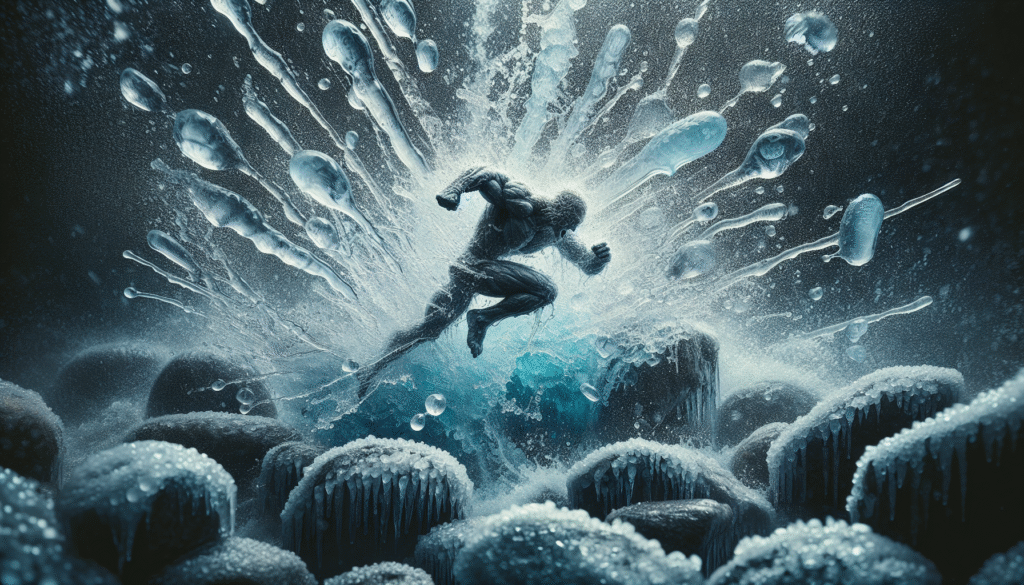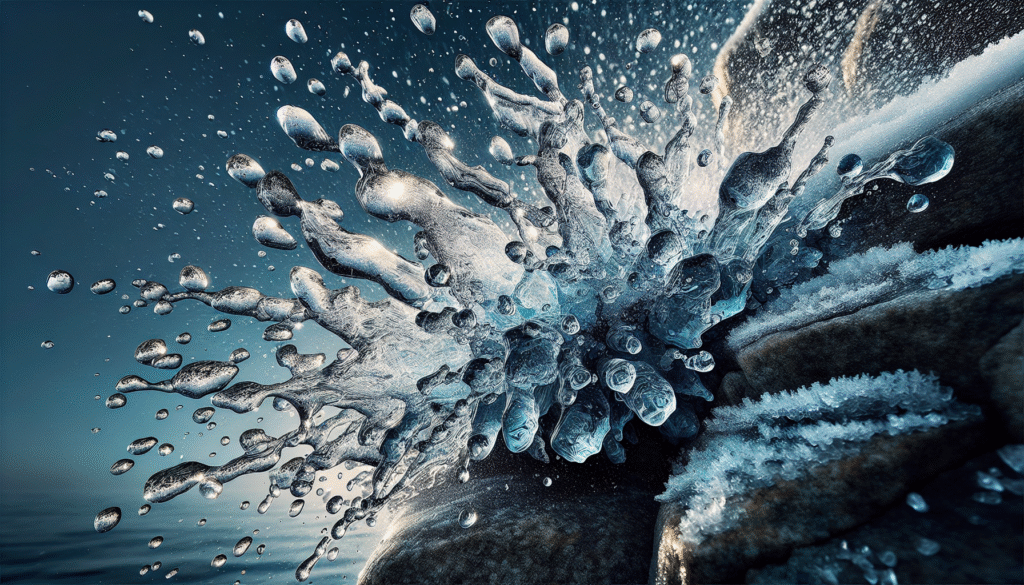Have you ever jumped into a cold lake or taken an icy shower? Did you notice how your body reacted? That shock of cold can trigger a complex response in your body, and it’s more than just a momentary jolt. Understanding how cold water affects your physiology can offer intriguing insights into both your body’s capabilities and mental resilience.
Understanding the “Fight or Flight” Response
The “fight or flight” response is your body’s way of preparing for danger. When faced with a threat, the sympathetic nervous system kicks into gear. This response dates back to our ancestors, who needed to react swiftly to escape predators. It still serves a vital function in modern life, even if the threats have somewhat transformed.
The Role of Stress Hormones
When facing a significant stressor, your body releases hormones like adrenaline and cortisol. Adrenaline spikes your heart rate and blood pressure, giving you a rush of energy. Cortisol, the long-term stress hormone, affects various body processes, including metabolism and immune response. Cold water exposure can stimulate this hormonal cascade, pushing you into a state of heightened alertness.
Connection to Cold Water Exposure
Cold water acts as a formidable stressor for your body, triggering this fight or flight response. When you immerse yourself in freezing temperatures, your body thinks it’s in danger, prompting it to react. This response can lead to various physiological changes, which can ultimately train your body to handle stress more effectively.

Physiological Changes During Cold Water Exposure
When you encounter cold water, several processes unfold in your body, aiming to keep you warm and functioning. Understanding these processes can help you appreciate the remarkable adaptability of your physiology.
Initial Shock
The moment you jump into cold water, the initial shock can be overwhelming. Your immediate reaction is to gasp, and your heart rate might spike. This is a natural response and a critical part of your body’s survival mechanism.
Table: Immediate Physiological Responses to Cold Water
| Response | Description |
|---|---|
| Gasp Reflex | An involuntary inhalation upon cold exposure |
| Increased Heart Rate | Blood pumping faster to circulate warmth |
| Rapid Breathing | Quick inhalations to oxygenate the body |
Blood Vessel Constriction
As your body struggles to maintain its core temperature, blood vessels constrict to reduce heat loss. This process is known as peripheral vasoconstriction, and it’s your body’s way of preserving heat for vital organs.
Increased Metabolic Rate
To generate heat, your metabolic rate increases. This rise in metabolism can burn calories more efficiently, which contributes to fat loss over time. Cold exposure can significantly affect how your body processes energy.
Activation of Brown Fat
Interestingly, cold exposure activates brown adipose tissue (often referred to as brown fat), which is crucial for regulating body temperature. Unlike regular white fat that stores energy, brown fat burns calories and generates heat, which can be a secret weapon in combating obesity and enhancing overall metabolism.

Psychological Benefits of Cold Water Immersion
Growing evidence suggests that the advantages of cold water immersion extend beyond the physical. Cold exposure can contribute significantly to your mental well-being.
Exhilaration and Euphoria
Many people report feelings of exhilaration following cold water immersion. This euphoria can be attributed to the release of endorphins, your body’s natural painkillers. That rush can leave you feeling invincible, capable of tackling whatever challenges come your way.
Resilience and Mental Toughness
Regular exposure to cold water can help build mental resilience. By intentionally putting yourself in a position of discomfort and pushing through it, you cultivate a robust mindset. The more often you practice facing discomfort, the easier it becomes to handle stressors in other areas of your life.
Reducing Anxiety and Depression
Research suggests that engaging in cold water therapy can alleviate symptoms of anxiety and depression. The adrenaline rush combined with the thrill of overcoming discomfort may lead to lasting improvements in mood. This aspect makes it an intriguing alternative therapy for mental health struggles.

Practical Ways to Incorporate Cold Water Into Your Routine
If you’re intrigued and want to experience the benefits of cold water exposure for yourself, several methods can help you get started.
Cold Showers
Taking a cold shower is probably the easiest entry point to cold exposure. You can gradually adjust your temperature, starting with warm water and then switching to cold for the last thirty seconds. Over time, you can extend that duration.
Ice Baths
Although they might seem intimidating, ice baths are a popular method among athletes for recovery. Ideally, you’d want to fill a tub with ice-cold water and sit in it for a duration ranging from a few minutes to around twenty, depending on your comfort level.
Table: Comparison of Cold Water Techniques
| Method | Accessibility | Duration | Benefits |
|---|---|---|---|
| Cold Showers | High | 30 seconds to 5 minutes | Improved mood and resilience |
| Ice Baths | Moderate | 5 to 20 minutes | Enhanced recovery, muscle soreness reduction |
| Cold Plunges | Low | Varies | Immersion for mental and physical benefits |
Cold Water Swimming
If you’re near a body of water, swimming in cold conditions can be exhilarating. It combines the benefits of exercise with the effects of cold exposure. Ensure that you swim with a buddy or in a supervised area for safety.

Safety Considerations
While the benefits of cold exposure are appealing, it’s essential to approach cold water immersion with caution.
Listen to Your Body
Always pay attention to your body’s signals. If you begin to feel excessively cold, disoriented, or fatigued, it’s time to get out. Symptoms of cold shock can escalate quickly, and it’s crucial to recognize them early.
Gradual Exposure
If you’re new to cold exposure, start slow. Gradually increasing your exposure time allows your body to adapt effectively. Aiming for small increments can ease you into the process and make it more enjoyable.
Consult with a Professional
If you have underlying health issues, particularly cardiovascular problems, it’s wise to consult with a healthcare professional before fully engaging in cold exposure methods.

Conclusion
The relationship between cold water and the fight or flight response is a fascinating intersection of physiologic and psychological adaptation. By understanding how your body responds to cold water, you’re not just gaining insights into survival mechanisms; you’re also discovering tools for better health and resilience.
Embracing the cold can open doors to physical benefits, enhanced mental fortitude, and a deeper understanding of your body’s capabilities. Cold water exposure may be uncomfortable, but stepping outside your comfort zone can lead to numerous advantages that support both physical and mental well-being.
The next time you find yourself in chilly waters, remind yourself of the incredible journey happening within you. Your body is more resilient than you may think, and cold water could be just the push you need to realize your strength!

